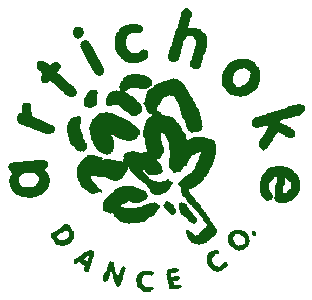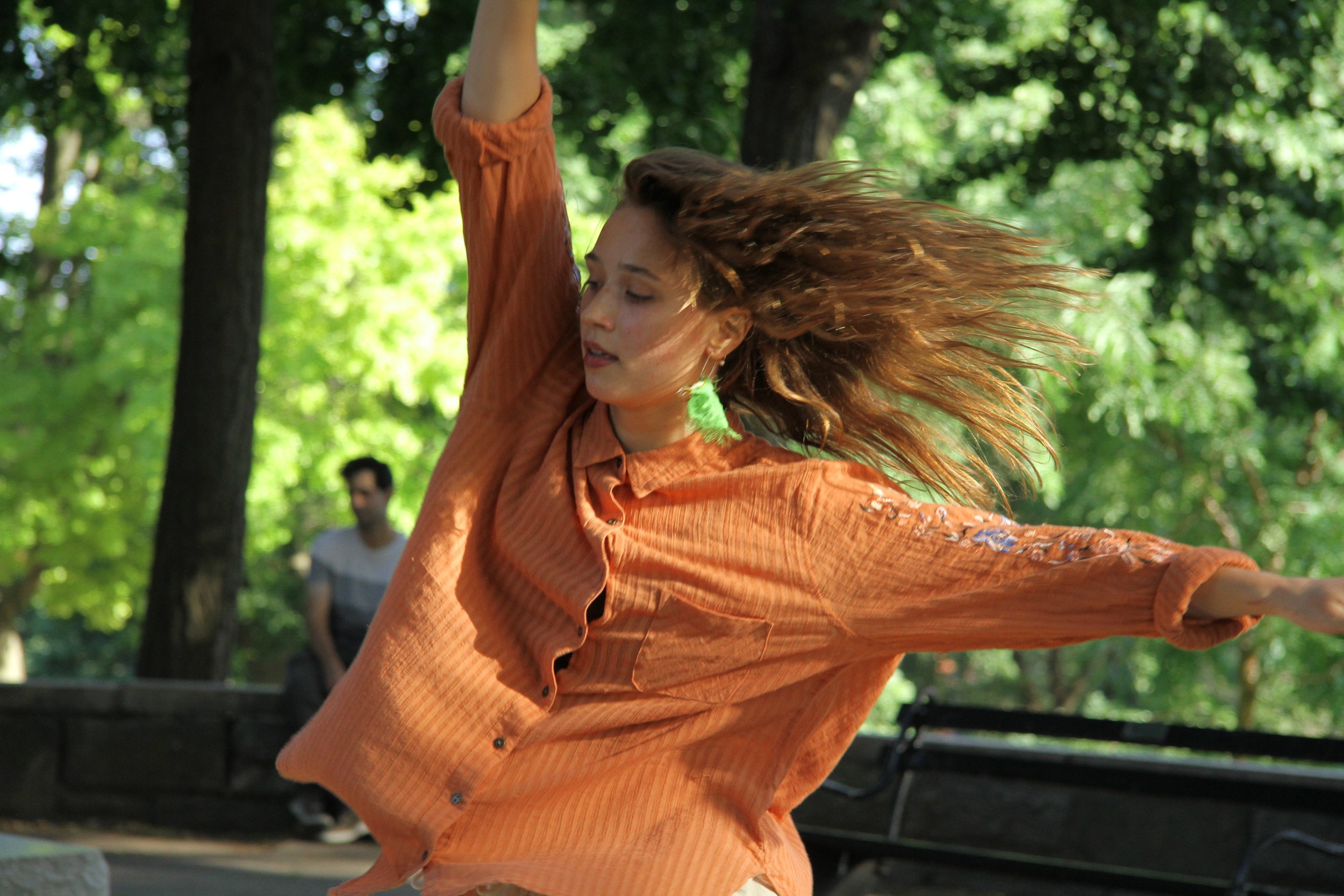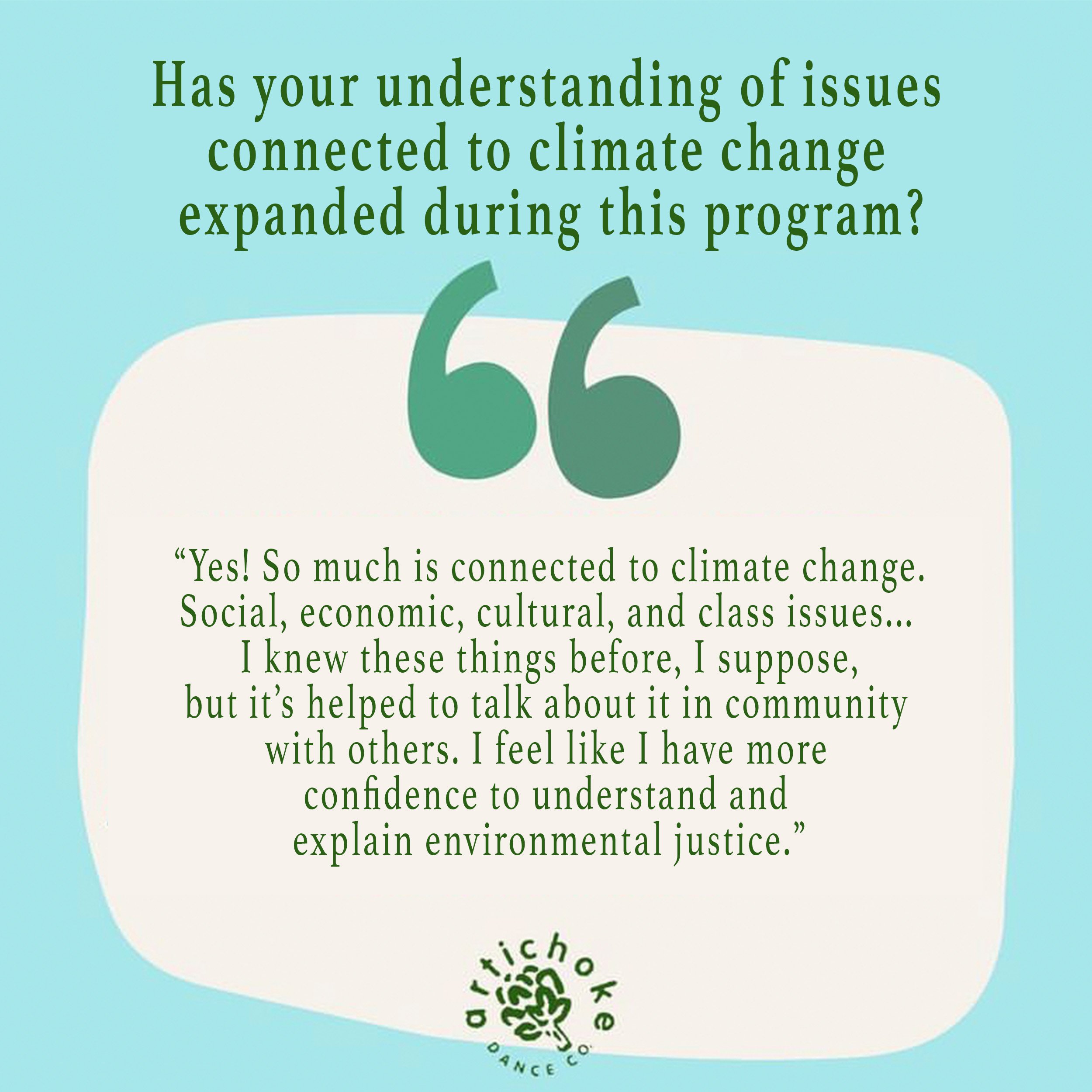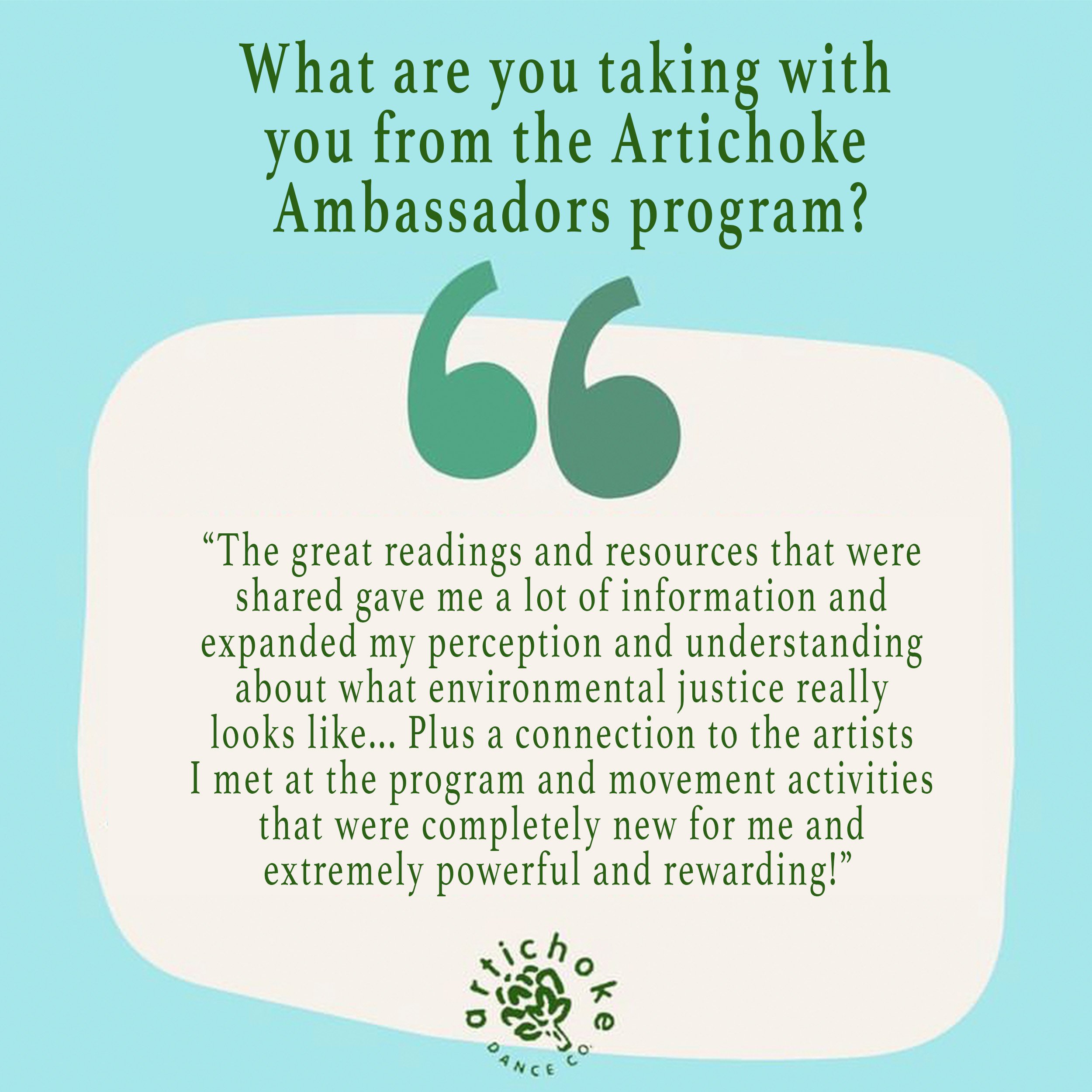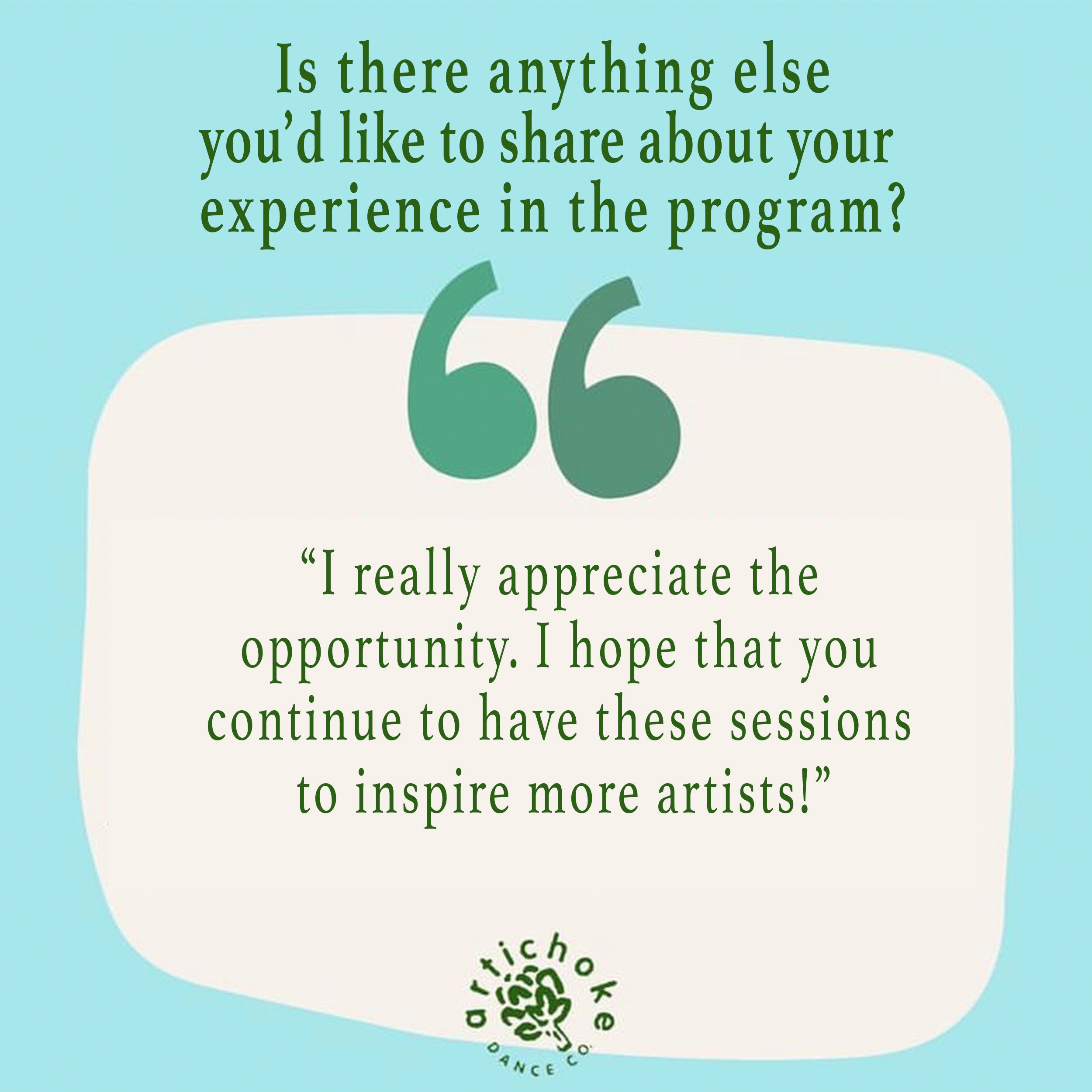As Summer of 2022 comes to a close, we’re sharing reflections on some amazing things that happened here at Artichoke Dance Company! As part of the Brooklyn Utopias Along the Canal exhibition co-sponsored by Arts Gowanus and the Old Stone House, we revived our Performance Tour of Gowanus, which premiered in 2021, with some updates reflecting the rapid changes occurring in and around Gowanus. Through an immersive experience, audiences interacted with and learned about the environmental justice issues impacting the neighborhood, community initiatives in relation to the impending rezoning of Gowanus, and the current remediation of the Gowanus Canal, New York City’s first named superfund site due to decades of extreme toxicity. Area community organizers and Gowanus Neighborhood Coalition for Justice members led the tour and our company members performed site-inspired dance works envisioning a resilient society.
Watch the video highlight reel from Brooklyn Utopias Along the Canal Performance Tours of Gowanus.
Shortly after, our first Artichoke Ambassadors Intensive Program was held on zoom. This 5-day intensive provided training and mentorship for young artists to merge their passions as creative artists and interest in climate activism. Participants gained skills in advocacy, project design and strategic collaboration building as well as knowledge of the ways in which artists have and are using their art as a platform for activism, engagement and change making.
Director Lynn Neuman and former intern Campbell Ives developed this program over the last year and co-facilitated the experience, which included daily guided movement practices relating the body to nature and illuminating environmental justice principles that also provide strategies for countering climate anxiety and building personal and communal resilience. They shared examples of many artists from various genres in music, dance, visual art, film and social practice who are working to counter climate change, introducing both this work in a broader context and providing ideas for ambassador participants to use in their own projects and work.
Several guests provided interactive experiences during the intensive. Scholar Susan Sgorbati shared her research and philosophies on emergent improvisation and its relationship to complex systems, providing a deeper understanding of the larger history of the environmental movement and its connection to other intersectional issues of race, class, geography, politics and more. With 350Brooklyn, a climate activist organization, the Ambassadors participated in a Power Hour, an hour of direct activism targeting local, state and national elected officials on specific pieces of climate and environmentally relevant legislation. With talking points on these issues, Ambassadors called, emailed, texted and tweeted, gaining activism skills as well as engagement tools and approaches.
Meet Maddy
"As an emerging choreographer, I wish to merge my artistry with activism through the lens of environmental justice. I felt intimidated at the prospect of addressing climate in my work. This program helped build my confidence and develop a new network of like-minded artists, and taught me valuable information about the environmental issues that we face."
Throughout the week, each participant identified a project focus, developed ideas toward creating their project, and built a plan for implementation with embedded activism. Examples of Ambassador project topics include plastic pollution in the oceans, the communicative ability of trees and what this might teach us, and changing bird migration patterns due to climate change. Lynn and Campbell led movement and generative activities that helped embody each idea as they were developing, physicalizing the change that is possible through art making.
Upon completion of the program, participants reported that they had gained confidence in both speaking about and presenting their work, gained knowledge about environmental and related justice issues, had more expansive ideas about their work and the power it can possess to create change, and that they felt part of, and supported by, a larger community pursuing arts activist pathways.
